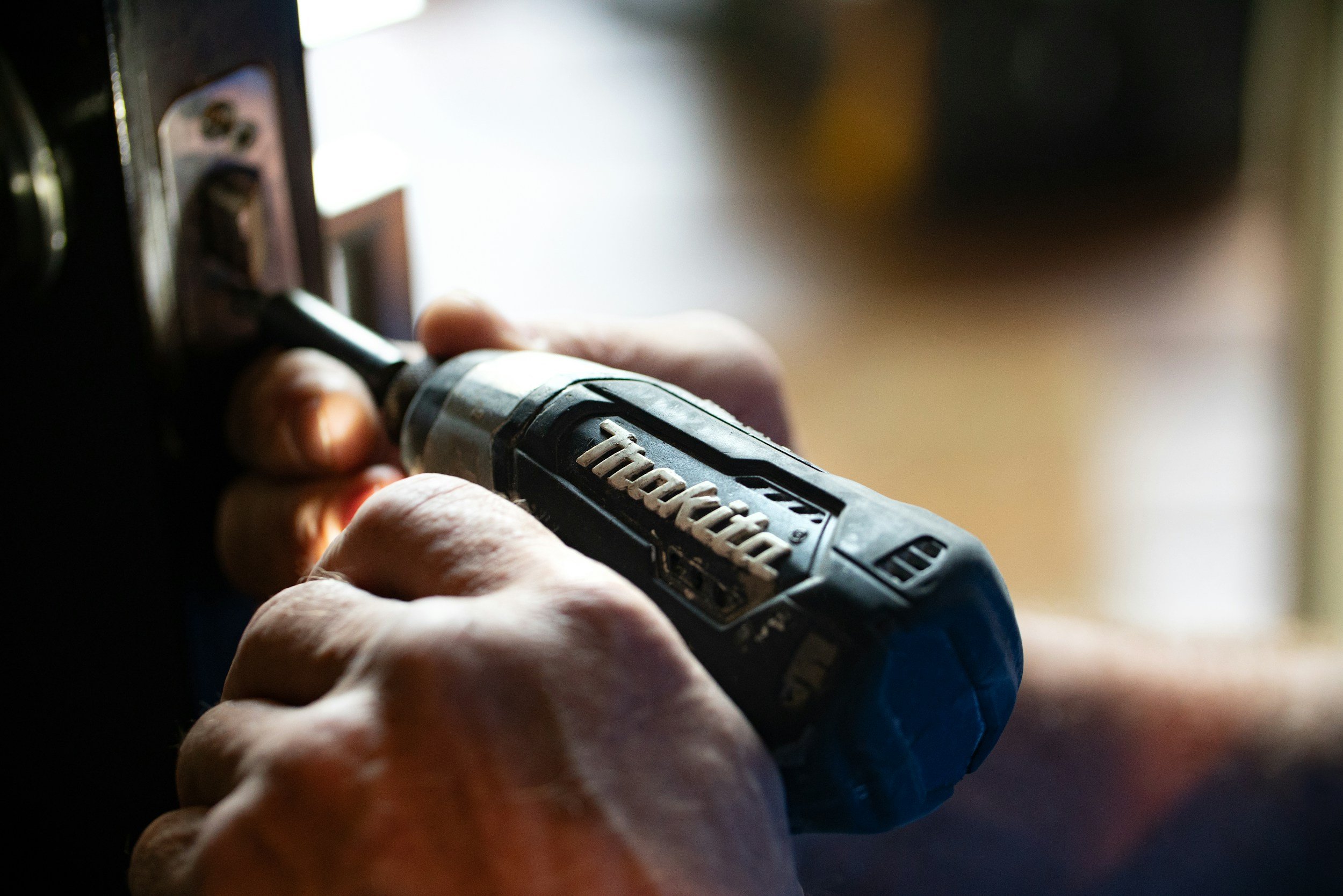
Enhancing Home Maintenance Through a Remote Service
Generative Research
A property management software company was developing a remote service to help renters with maintenance issues across America.
To ensure its success, they sought to explore factors that would influence the adoption of the service by key users.
I led the 9-week project, managing recruitment, conducting user interviews, running a large-scale survey, synthesising findings, and delivering the final presentation. I also acted as the main point of contact for the client throughout.
Problem Space
A property management software company was facing scalability challenges with their existing product. The current system relied on a single maintenance technician to manage a continuous flow of maintenance requests, primarily handled through text messages and Excel. This inefficient process led to delays, bottlenecks, and limited the capacity to scale the product.
To tackle these challenges, the company wanted to better understand their users' needs and behaviors. They also aimed to explore and validate three conceptual ideas to help fix maintenance issues remotely.
Research Goals
Understand Key Users
Residents, maintenance staff, potential homeowners
Prioritise Features
Prioritise desired features based on user feedback
Test 3 Concepts
Test desirability and adoption
Research Process
Qualitative + Quantitative Methods
24 User Interviews
Uncovered deep insights into user experiences and motivations
400 Survey Respondents
Provided broader, data-driven patterns to validate and expand on findings
Kicking off the Project
Stakeholder Interviews were conducted to:
Align on project goals
Provide product insights
Uncover user assumptions
Understanding How Residents Currently Raise Maintenance Requests
Residents submit maintenance requests via an online portal.
Response times from technicians are slow and communication throughout the process is frustrating.
Technicians schedule visits but often fail to show up.
Remote Virtual Technician
Residents connect with a technician via their phone for real-time guidance on maintenance requests.
Conceptual Ideas to Test
Digital Instructions Manual
A digital guide helps residents troubleshoot and fix issues independently.
Chat Bot
An online chat offers instant help with troubleshooting using AI.
User Interview Preparation
Recruitment
24 participants (6 maintenance staff, 12 residents, 6 homeowners) from different locations across the U.S., living in a range of building sizes and experiencing various maintenance issues.
Residents and homeowners were sourced via Askable.
The client provided contacts for maintenance staff.
All interviews were scheduled using Calendly and were conducted remotely using Zoom.
Moderator Guides
These focused on user’s experiences with home maintenance uncovering motivations, pain points, and evaluating concepts through scaled ratings and open-ended questions.
Residents/Homeowners:
Explored residents' living situations, attitudes toward maintenance, current processes for resolving issues, and preferences for potential concepts.Maintenance Staff:
Explored job roles, processes for handling requests, and preferences for proposed concepts.
Conducting User Interviews
During interviews:
A research assistant recorded notes in an Excel spreadsheet, and I summarised key insights after each remote session, providing stakeholders with weekly updates.
Ongoing synthesis was carried out using
affinity mapping in Miro.
Survey Time
I wrote the survey while synthesising the interviews, enabling me to craft targeted questions that reflected the insights gathered to date, capturing key user motivations, pain points, and desires.
Survey Goals:
Profile residents for remote maintenance adoption.
Test adoption of three concepts.
Gather feedback on concepts.
Validate assumptions about remote maintenance use.
The survey mirrored the interview flow, using multiple-choice and scaled questions to measure opinions and behaviors. Data from Survey Monkey was analysed and combined with interviews to identify patterns and validate findings.
Deliverables
What we delivered
✓ Weekly Progress Updates provided to the client.
✓ 24 x Interview Summary Documents including key insights, quotes and virtual recordings.
✓ 1 x In-depth Report covering research goals, approach, concept insights, and user preferences.
✓ 4 x User Archetypes segmenting users by traits, motivations, pain points and preferred concept.
✓ 1 x Formal Final Presentation delivered to stakeholders and the team.
Key Findings
🙋🏾
Residents
80% would attempt remote fixes for non-emergency issues rather than wait for a technician.
75% have basic tools and feel confident handling simple repairs.
70% prefer virtual technician services, with half open to using digital manuals for simple repairs.
Desire real-time reassurance via video call with technicians.
Favor step-by-step guides for straightforward tasks over video calls.
Strong dislike for chatbots due to negative past experiences. Unlikely to use for maintenance.
Safety concerns with electrical or water issues lead to a preference for in-person maintenance.
Desire rent reduction if remote maintenance is implemented.
👷🏾♂️
Maintenance Staff
5 out of 6 feel that simple issues can be handled remotely.
5 out of 6 prefer virtual technician services with real-time video calls to enhance communication.
5 out of 6 feel simple issues could be rectified via a digital manual, but they are hesitant as it is resident dependent.
Strong dislike for chatbots, they'd still need to visit residents.
In-person maintenance is preferred for complex issues.
Remote maintenance allows more focus on complex tasks by reducing work orders.
4 out of 6 prefer complex tasks for the challenge.
Reflection
The research significantly shaped the product's roadmap and earned strong support from key stakeholders.
What went well
Met research goals on time.
Validated assumptions and secured stakeholder buy-in.
Challenges
Scheduling interviews: time zones and no-shows.
Synthesis under time pressure due to high interview volume.






